P
Potsy24
New member
I just finished the setup of my new recording space. Before this I had a half studio, half living room. We ditched the guest room and now I have a dedicated space for recording. No more breaking down/setting up! Best of all, I now have a decently treated acoustic space. the room isn't very big (9' 8" x 14' with 8' ceilings), but it works well enough for me. Here are the pictures:
"Control" end:
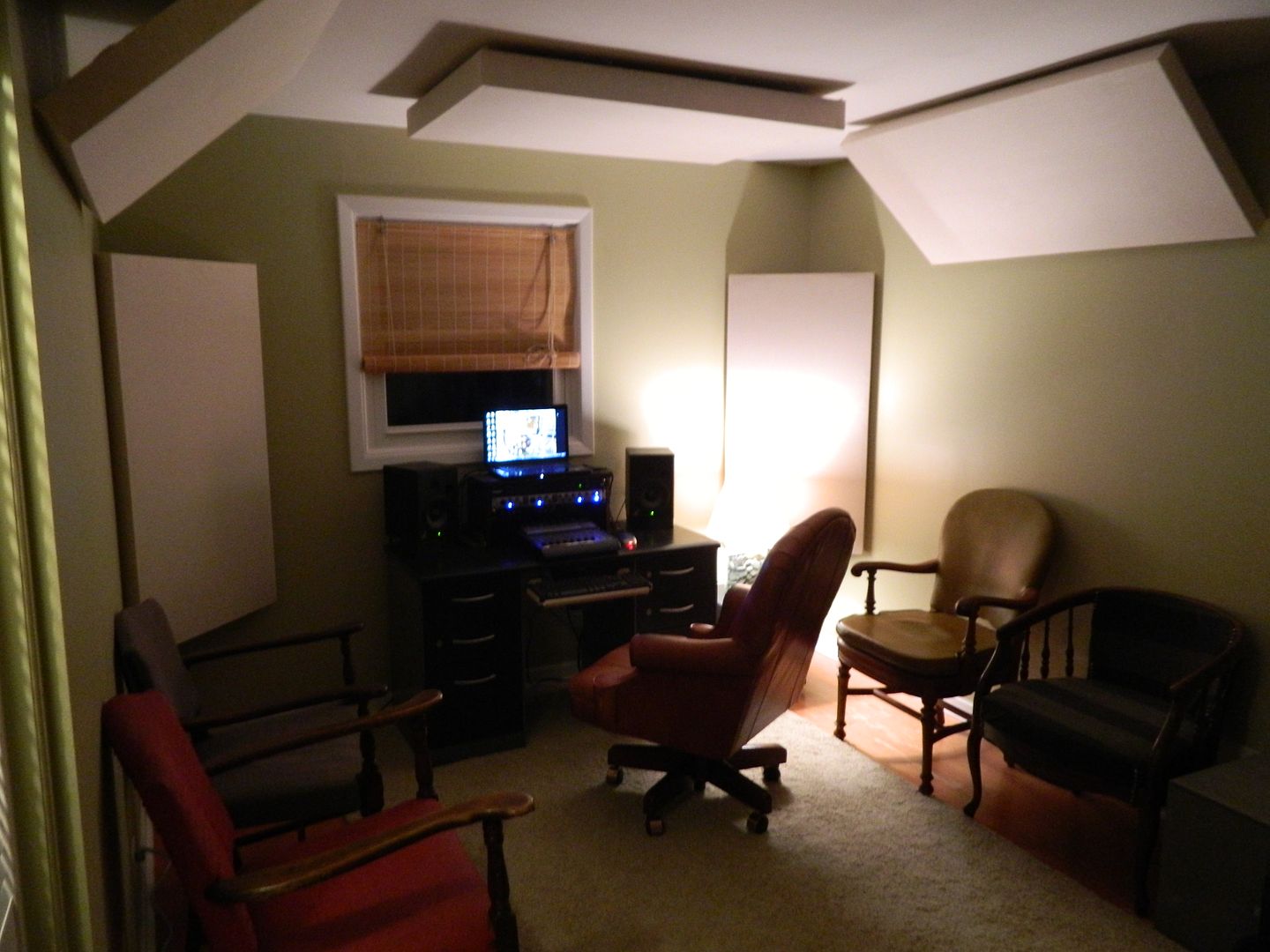

Here is the desk, the rack/laptop stand slides forward to allow access to the back of rack gear:

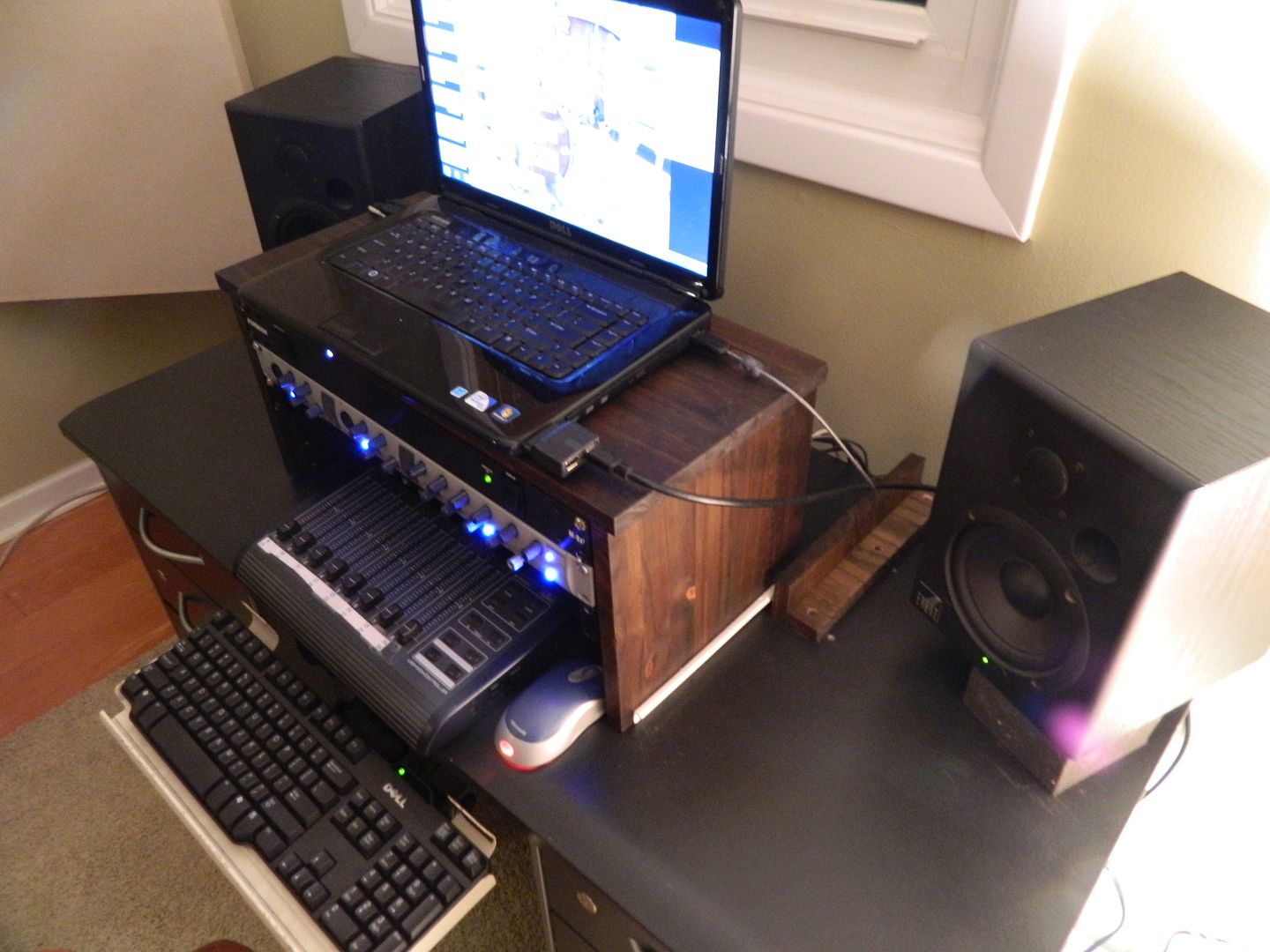
The top comes off as well, for better access:
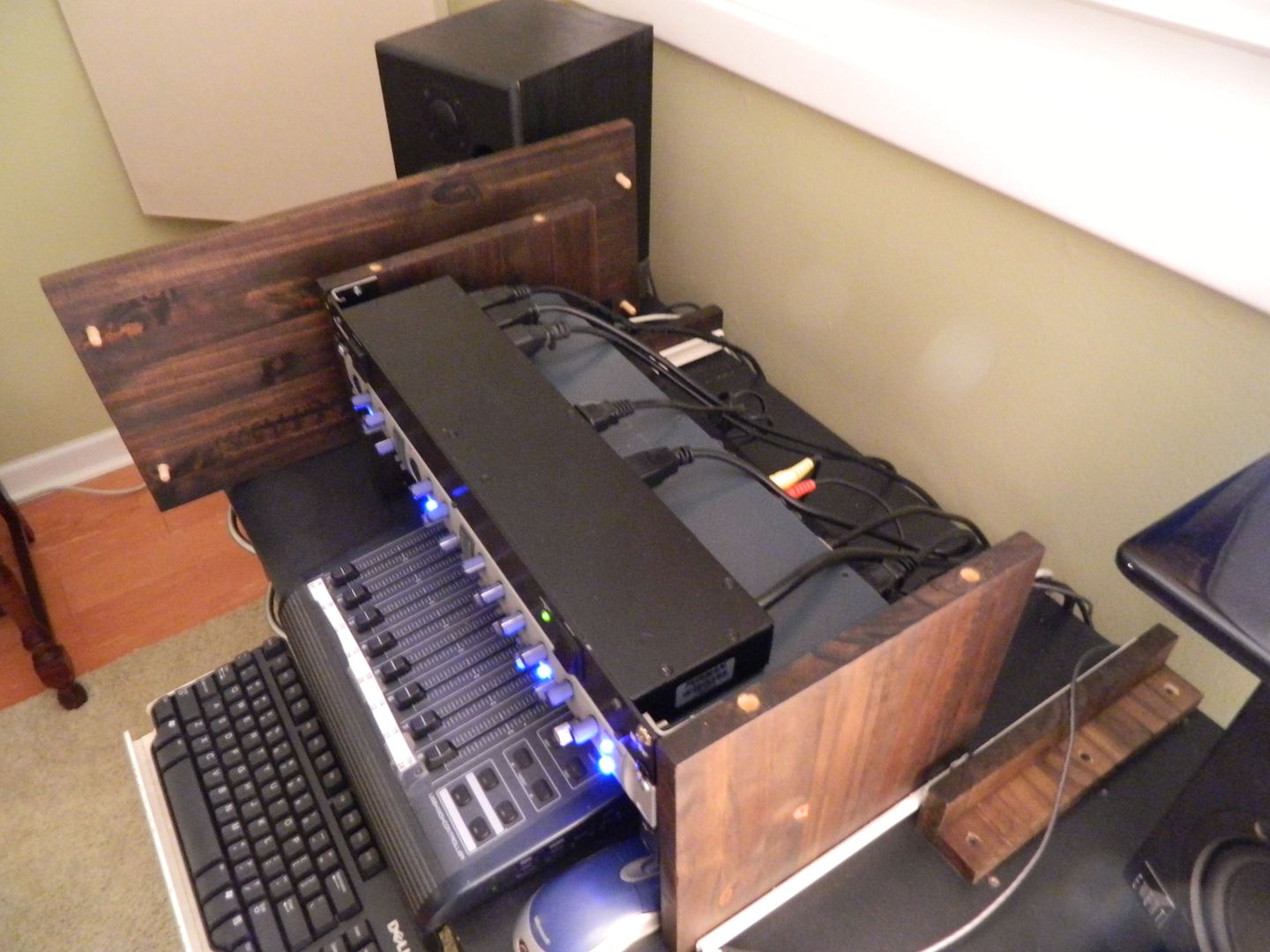
"Control" end:


Here is the desk, the rack/laptop stand slides forward to allow access to the back of rack gear:


The top comes off as well, for better access:


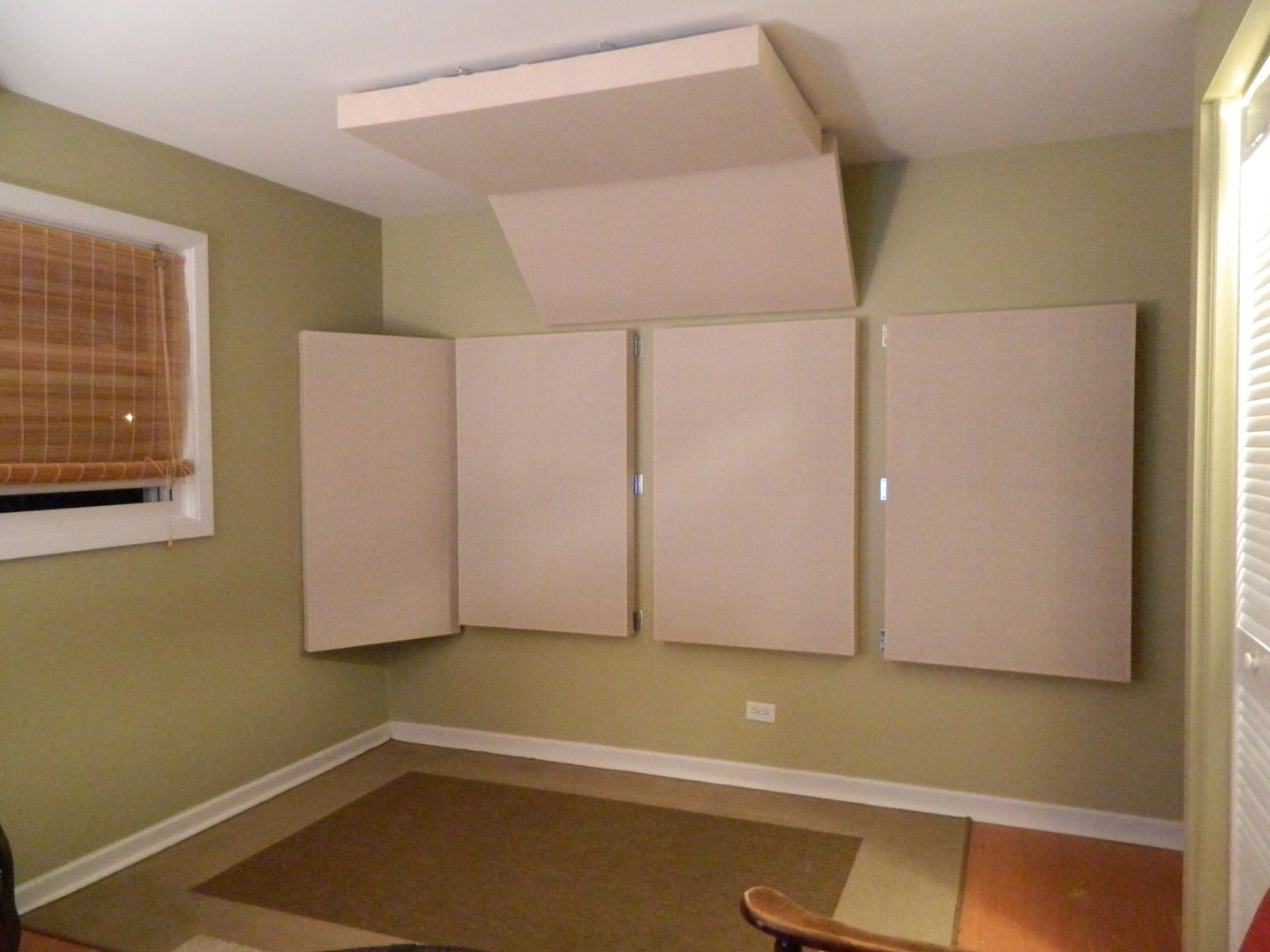
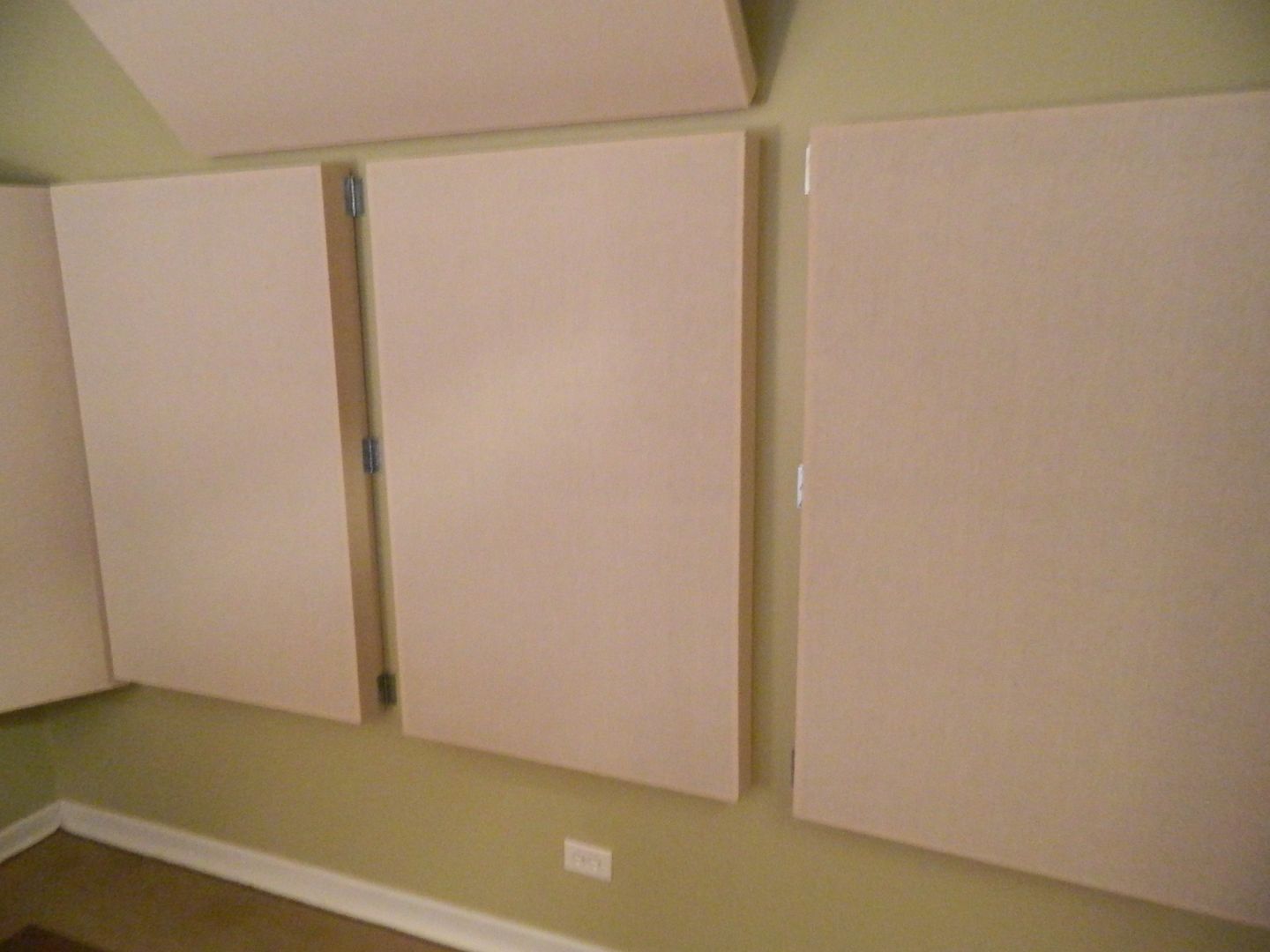
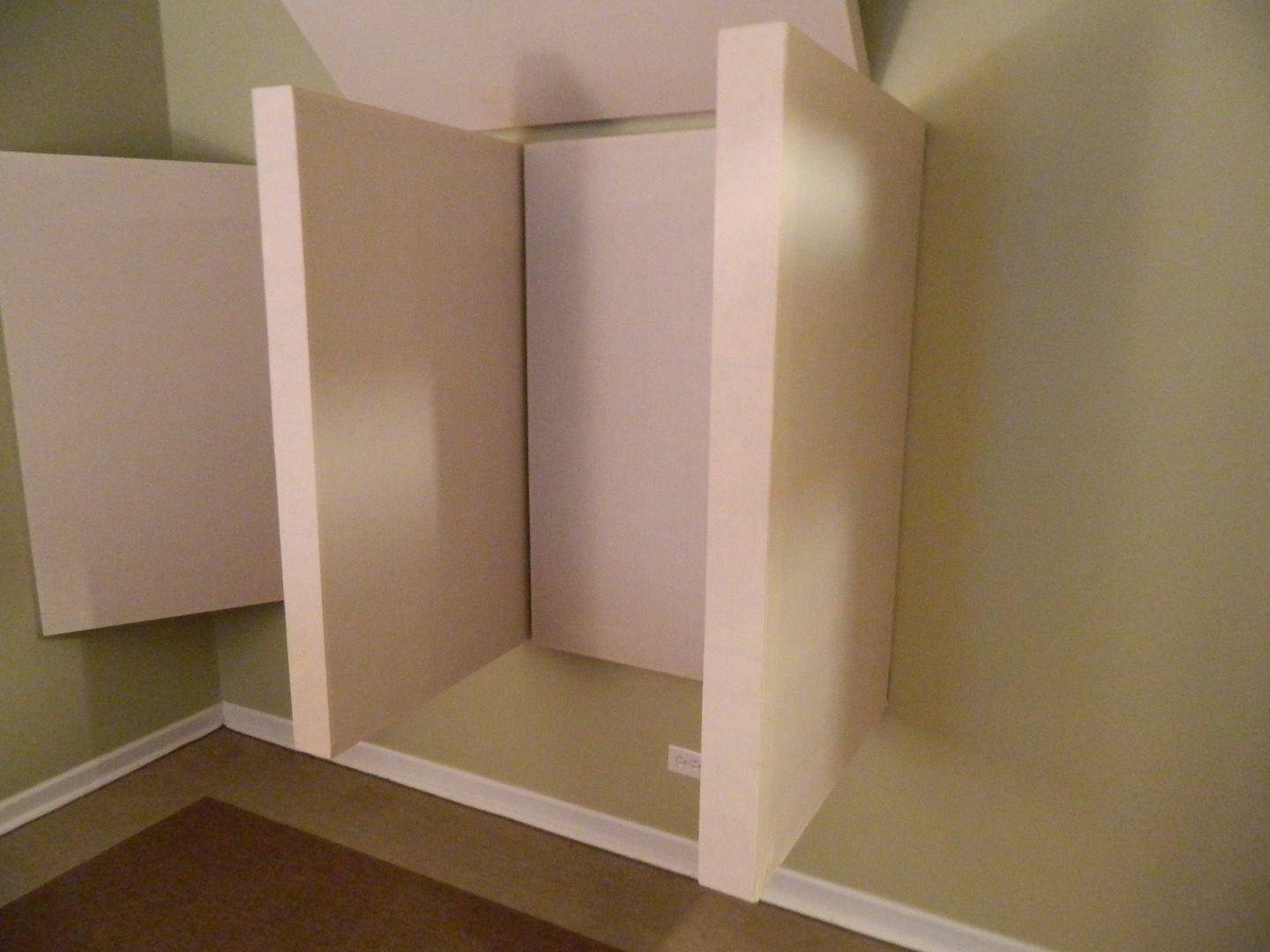
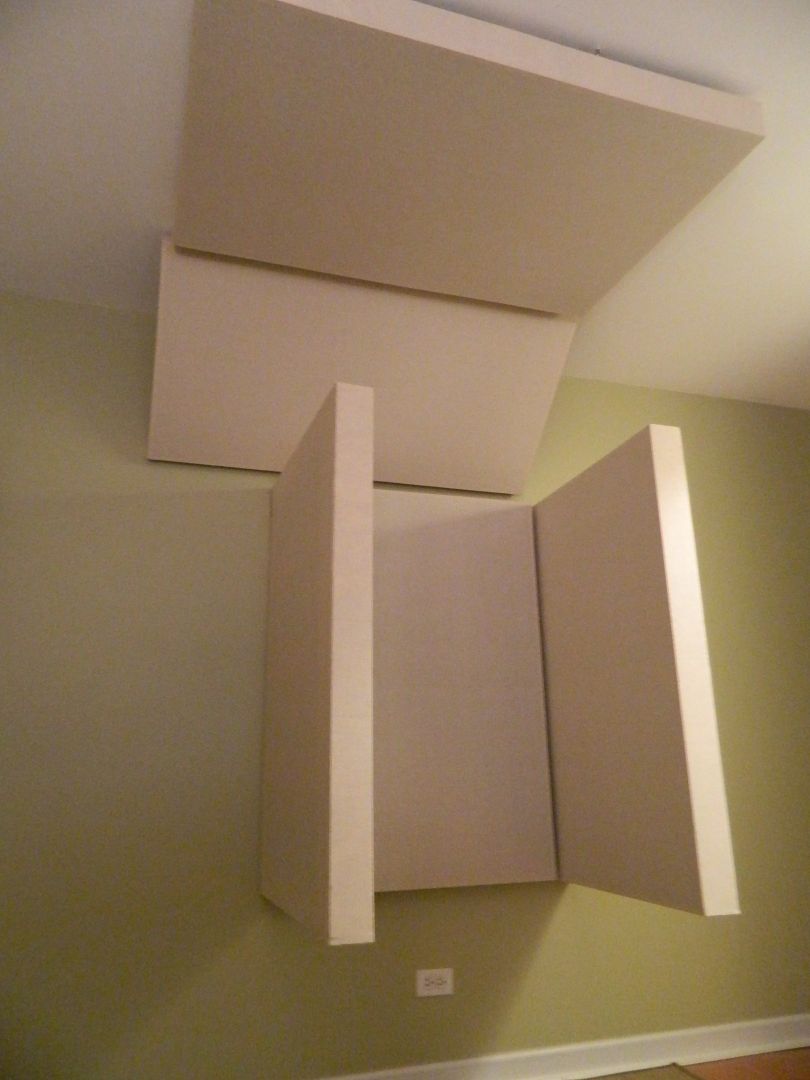


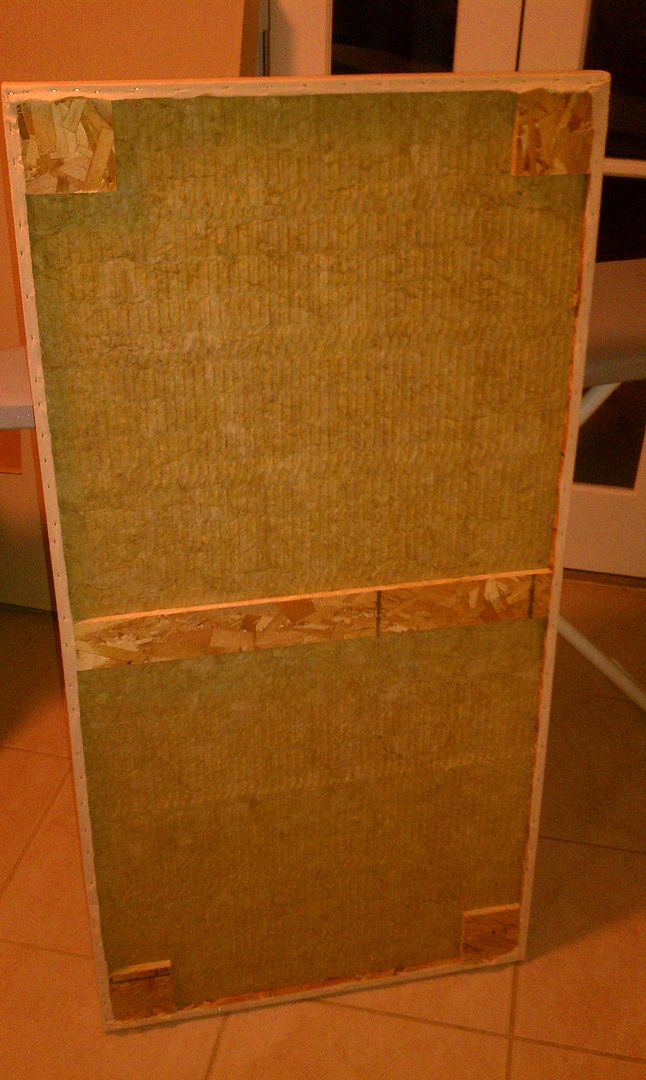


 Looks like a fun simple, cool studio! I find simplicity to be very inducive for my creativity. Some clutter can help with "proofing" a studio but your studio is near perfect. I'm going to post mine very soon. I will add it to this link. Thanks for sharing! Lee
Looks like a fun simple, cool studio! I find simplicity to be very inducive for my creativity. Some clutter can help with "proofing" a studio but your studio is near perfect. I'm going to post mine very soon. I will add it to this link. Thanks for sharing! Lee
